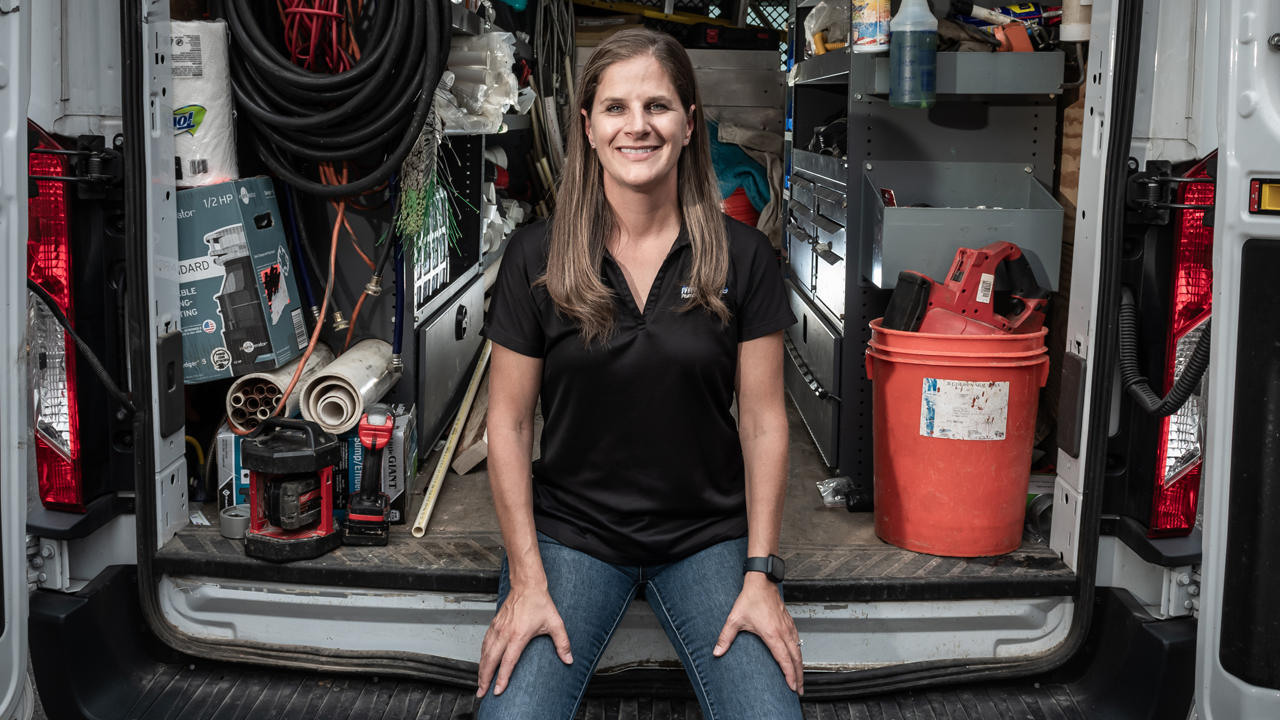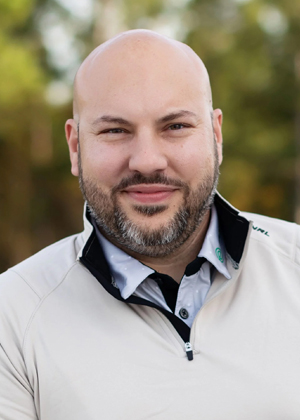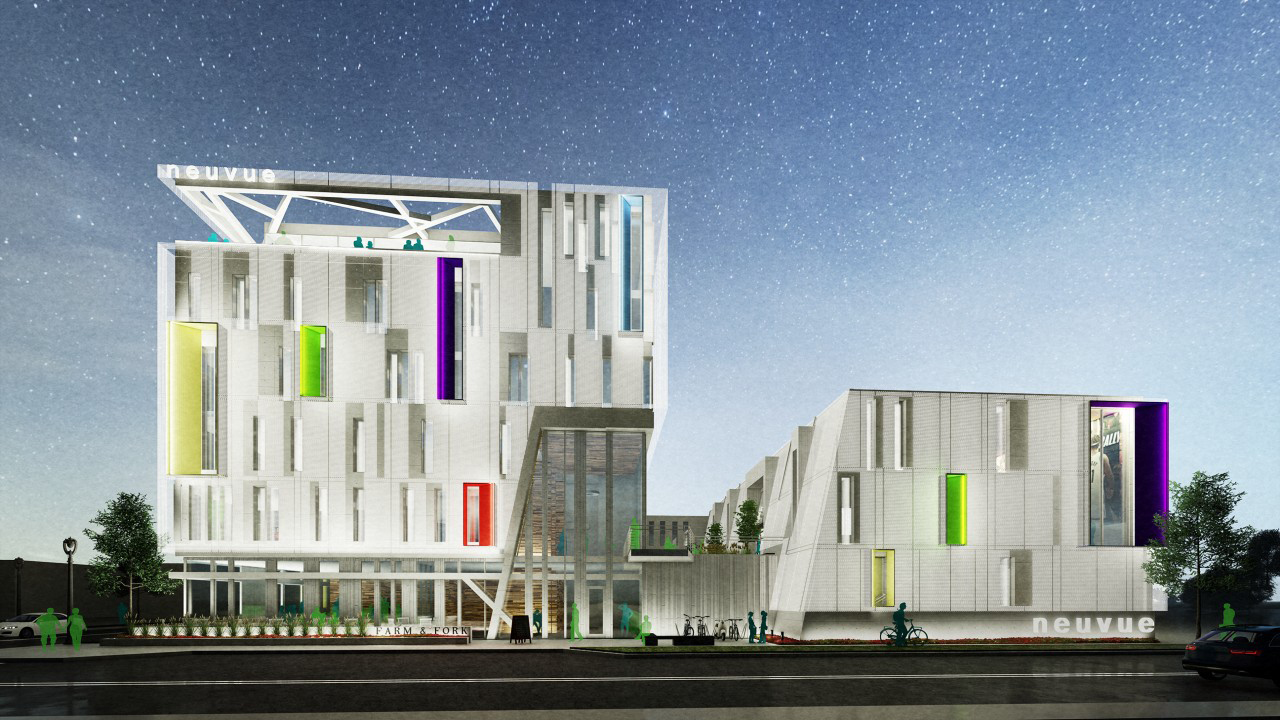Dale Kooyenga
The Metropolitan Milwaukee Association of Commerce is setting targets for increasing incomes, population, employment and investment along with reducing racial gaps in economic prosperity as part of a five-year strategic plan unveiled at its all-member meeting on Thursday evening.
The five-year strategic plan also outlines plans for the next phase of MMAC’s Region of Choice initiative. Region of Choice was launched in 2018 with the goal of growing Black and Hispanic employment from 15.4% of the region to 18.1% and increasing the percentage of those groups in management from 7% to 8.6%. The ROC 2.0 plan takes a more “for all” approach that “reinforces that belonging is essential for every member of the workforce.”
Dale Kooyenga, president of MMAC, said the strategic planning process, which got underway in early 2024, allowed the organization to prioritize “who are we and what can we do.”
“It’s a consuming process that is at the expense of actually getting things done sometimes,” Kooyenga said, adding the five-year time horizon allowed the organization to identify challenges that would require more time and focus. “Also we have so many resources and we want to use those resources to execute, not to be in that constant process of talking strategy, strategy, strategy. At the end of the day, what’s important is that we execute on a strategy.”
The strategic plan sets targets on five metrics, starting with moving Milwaukee’s rank on real per capita income into the top seven among peer metros. The region is currently eighth at $62,950. Metro areas ahead of Milwaukee, starting at seventh, include Minneapolis-St. Paul, Indianapolis, Raleigh, St. Louis, Madison, Omaha and Nashville.
MMAC is aiming for population growth of 3% across the region by 2030. In the past 10 years, the Milwaukee 7 region’s population has declined by 0.7% and metro Milwaukee’s population is down 1.2%.
On economic development and job growth, the organization is aiming to secure $4.5 billion in new capital investment and add 9,700 new jobs with an average wage of $69,800.
The plan also targets seeing the region improve on well-being measures for African American and Hispanic residents. The metro currently ranks 50th for African Americans and 44th for Hispanics. Among peer metros, Black median household income is 44.1% of median household income for white non-Hispanic households. The top five metros are all above 60%. For Hispanic households, the median income in Milwaukee is 65.9% of white, non-Hispanic households. The top five metros are all above 80%.
Within the strategic plan, MMAC focuses on three areas: Talent, growth and livability.
Some of the action items in the talent category include:
- Launching a talent fellowship similar to the Orr Fellowship in Indianapolis to provide recent graduates with hands-on experiences, mentorship, leadership development and strong professional networks.
- Introducing a concierge-style program to highlight Milwaukee’s talent value proposition, helping companies attract and retain talent.
- Establishing a scholarship granting organization, relying on provisions in the One Big Beautiful Bill to provide support across public, charter and private schools.
- An extensive education agenda that includes funding changes, improved accountability, consistent partnerships and talent development.
Within the growth category, MMAC’s planned actions include:
- Targeting specific industries
- Engaging with site selectors
- Increasing outreach to Europe
- Challenging the EPA’s designation of portions of the region as a ‘non-attainment zone’
- Advocating for a business-friendly environment, including pushing for tax cuts and reforms
- Advancing the work of The Water Council and FaB Wisconsin
On livability, planned actions include:
- Expand residential housing, including advocating for laws and zoning changes with a focus on workforce housing in the city of Milwaukee
- Advocate for the protection and enhancement of current and future cultural and entertainment amenities.
- Supporting the Iron District development
- Promote Milwaukee as a “vibrant destination,’ including aligning marketing efforts with city and regional campaigns.
The 2.0 version of the Region of Choice initiative acknowledges that “the environment for workplace inclusion has shifted” and “the focus on race-based targets is less tenable.”
When Region of Choice started in 2018, it set and surpassed targets for total employment and total management of Black and Hispanic residents.
The new phase of the initiative draws on feedback from CEO interviews, listening sessions and taskforce gatherings. Some of that feedback called for help equipping middle managers with tools for inclusive hiring and retention, simplified early-career and K-12 pipelines that are aligned with workforce planning, using “business-grounded language” while avoiding “DEI” labels, using metrics that highlight belonging and experience instead of demographic quotes, and highlighting regional progress and wins.
Region of Choice initiatives include:
- Expanding the DEI Summit to a broader Regional Talent Summit
- Launching a bi-monthly convening of HR and talent leaders to focus on attraction and retention
- Starting cross-company professional development series for managers
- Expand MMAC’s Be the Spark to offer employers more ways to connect with students
- Start a Region of Choice branding campaign
The first iteration of Region of Choice attracted 130 companies covering more than 125,000 employees. Corry Joe Biddle, vice president of talent and community affairs at MMAC, expressed optimism that this version could attract as many or more.
“What we produced responds to need,” she said. “The employers asked for this. They asked for a way to bring more people into the conversation.”
Biddle said one of the key lessons from the first iteration of Region of Choice was power of the collective and intentionality.
“They learned from each other and they brainstormed together,” she said.
Kooyenga added that moving the initiative forward is about more than just convening people.
“We want to make sure we’re not just convening and talking,” he said.
Author
-

Elizabeth Morin is a writer based in Virginia Beach. She is passionate about local sports, politics and everything in between.
Have any Virginia Beach-related news published on our website? Email us at admin at thevirginiabeachobserver.com.
View all posts



